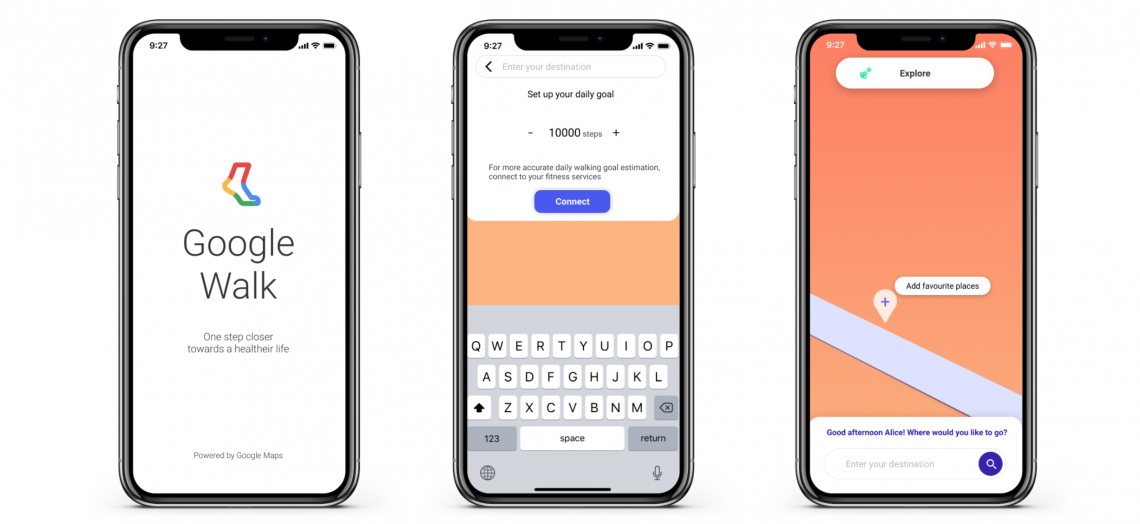MasterChallenges Test ID students with Real-world Design Issues
By Andrew Connor
August 25, 2020

As the COVID-19 pandemic hindered opportunities for many students to pursue summer internships, the Institute of Design developed an innovative alternative: two MasterChallenges. Both challenges brought together multiple groups of ID students and an industry professional—also a former ID student—to tackle real-world design challenges in a competition setting.
“This is an opportunity for the students to really show their capabilities and get into a field that might have some interest beyond their academic careers,” says John Payne (MDes 1998), one of the MasterChallenge leaders.
Students enrolled in a MasterChallenge competed in groups of three to four against other teams of ID students, with the winning group of each MasterChallenge receiving a scholarship prize.
The alumni who led the MasterChallenges directed student projects in their respective fields. For instance, Payne, co-founder of Verizon-owned design firm Moment, worked with students to identify and create digital offerings that address societal changes brought about by the COVID-19 pandemic.
The four teams competing under Payne’s guidance devised a suite of digital offerings that would act as surrogates for in-person experiences should quarantine restrictions last for years. These offerings included virtual traveling experiences and holographic workspaces to boost collaboration in a remote work environment.
The winning project, called Mixxy, aims to fill the void left by the closure of bars and clubs in the wake of the pandemic. Users are sent a box with a drink kit, and using a mixed-reality headset, they’re able to visit a virtual club with other users to socialize in a club-like experience from their homes.
In the second challenge, led by Ryan Powell (MDes 2001), head of UX design and research for Waymo, teams identified areas in which artificial intelligence can meet user needs in a human-centered way, then applied their concepts to Google technologies. Powell believes that designers are particularly well-suited to build AI solutions by integrating human needs from the ground up.
“As machine learning and AI begin to make their way into different products, designing the framework or the system for how something might operate is different than before,” Powell says. “As designers, we bring value to the table in that we are good problem solvers and can give form to something [abstract].”
In all, four teams devised four new AI technologies centered on improving daily life, including a tool to keep your pantry stocked with essential groceries, a way to help the visually impaired to get around, and a revamped form of Google Maps that better helps users get to and from multiple points through various forms of transit.
The winner was an extension of Google Maps that encourages users in urban areas to walk more, rather than driving or relying on ride sharing apps. Called Google Walk, it would use AI to calculate walking routes for users based on their desire for fitness, safety, and scenery.
“The students found the perfect match between AI’s strengths and users’ needs,” says Powell. “In the end, by thinking about the data needed to train a machine learning model, all the teams were able to make connections between users’ needs and how to design data models to accurately make predictions.”
Image from Google Walk project, winner of Waymo/Google AI MasterChallenge. Courtesy of Mridula Dasari, Sze Wing Alpha Wong, Nanxi Yu, Minyi Zhang.